Candied Fruit
Candied Fruit - Technology
Fruit candy technology is based on a combination of two types of drying, osmotic and classical (air) drying.
During osmotic drying, the fruit is immersed in high-sugar sugar syrup, whereby most of the water from the fruit is transferred to a sugar solution and diluted.
The osmotic drying process itself is carried out in several stages, starting from a lower to a higher concentration of the syrup into which the fruit is immersed. The aim of this procedure is to preserve the natural characteristics of the fruit and to reduce the period of classical (air) drying that follows.
Therefore, classical (air) drying in the candying process follows as a final process and serves literally only to "dry" the fruit in order to extend its durability. Therefore, the negative effects of classic drying are minimized.
With the use of vacuum evaporators we avoided any need for stronger thermal treatment of the syrup, which further contributed to preserving the natural characteristics of our candied products.
Candied fruits can be enjoyed by children as well as adults, especially in the off-season period of fresh fruit. In addition to direct consumption, candied fruit can also be used in the preparation of other products such as different types of cakes, cakes, chocolate products and more. The possibilities are really great. Candied fruits will enhance your diet with the natural biological and nutritional ingredients of the fruit, and you will especially enjoy the products in which you use candied fruits as a supplement.
Candied Fruit - Process
Our production process of industrial processing is based on quality fruits that are harvested in clean crates, free from parasites, diseased fruits or otherwise damaged, without foreign matter - larvae, insects, soil, stone, leaves, etc., and under favorable weather conditions.
The fruit should be:
- Without preservatives and other artificial additives
- According to the standards of the Republic of Serbia and EEC
The color of the fruit must be characteristic of the variety and the degree of ripeness, as well as its taste and aroma.
Candied Fruit
Types of Fruits
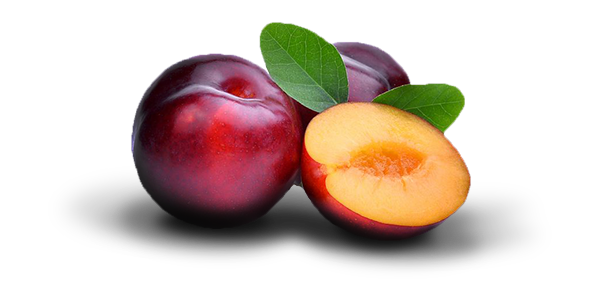
Domestic Plum
Plums have been grown in our region since the early 19th century. It is one of the most widespread products in Serbia and almost every house has at least one plum. There are many autochthonous plum varieties, but in our area, the most stunning is the Stanley variety. Plum harvesting begins in early September, when blackberries end, and therefore ideally builds on blackberries in our processing process. Plum is widely used in Serbia and is used for freezing, for the production of juices, for drying, for the production of jams and for the most part for the production of Serbian brandy. We collect plum from the whole of Serbia, since it tolerates transport well, we freeze it and use it for processing in winter.
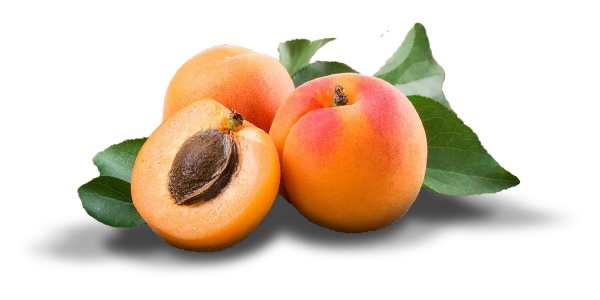
Domestic Apricot
Deep-frozen apricot, cut into hemispheres, without mold, traces of fermentation, damage, deformed fruit, sun or insect damage.
Properly cut hemispheres, uniform in color, of adequate maturity, without leaves, clay, washed, laser-sorted and controlled for metal presence.

Domestic Strawberry
Variety: Senga Sengana, Pocahontas, Selena, Cortina, Marmolada, native varieties. 100% organic strawberry
100% iqf strawberry produced from healthy, ripe, unfermented and healthy fruits. Fruits must be harvested in clean casks, without overripe, fermented and damaged fruits, without foreign materials (soil, stone, plastic ...) under good weather conditions. Goods manufactured in accordance with the domestic production method and HACCP. Metal Detected.
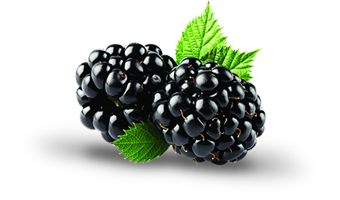
Domestic Blackberry
Due to the similarity with raspberries in the way of cultivation and picking, blackberries with raspberries are the most widespread fruit in our area. Due to its biological characteristics and sensitivity to cold weather, it is grown in the lower regions, but often it is currently at 800m to 900m altitude. Blackberries reach maturity in late July, early August. Blackberry harvest lasts from 45-60 days depending on weather conditions. In our area, mostly blackberries of American origin "Thornfree" are grown, which is smaller than "Čačanska beern", which is grown in western Serbia. In addition to being smaller, it retains its black color during freezing, while it gets a ruby color in contact with cold air when it is "Cacak nugget". We have opted for deep freezing of “Thornfree” blackberry, while we use “Čačan nugget” for some lower quality products.
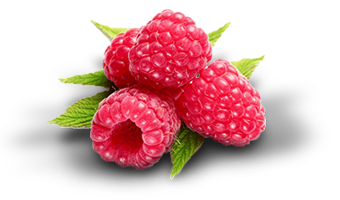
Domestic Raspberry
Raspberry is the most important product in our offer, but also one of the most significant products for all our subcontractors. The raspberry from Kopaonik is of exceptional quality because it is grown at an altitude of 300m to 1,100m in the hills, in an extremely clean environment with no exhaust or other pollutants. Due to the large difference in altitude at which the plantations are located, harvesting raspberries in our area lasts 45-60 days, from early June to early August. The specificity of the climate we are in is reflected in the fact that most of the raspberries ripen during July when the sun is strongest, so we have extremely sweet raspberries. The sweetest raspberry fruit in our area had 14 brixes, while the average expected raspberry brieze was about 9 bx. Raspberries are collected daily at our places of purchase, from where they are transported by means of transport to the refrigerator for processing, where they are frozen the same evening.
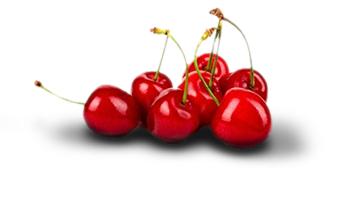
Domestic Cherry
In our area, only "Oblačinska" cherry is grown. The plantations we supply are located 50km from the cold store. Due to the altitude of the area where the cherry is produced, the harvest of the cherry begins around June 10 and lasts until the end of the month. Due to the overlap with raspberry harvesting, which is our most important product, we only process cherry as a sub-refrigerated product. Because we do not produce peeled cherries, we are able to offer our customers the highest quality raw material for the production of juice or puree.
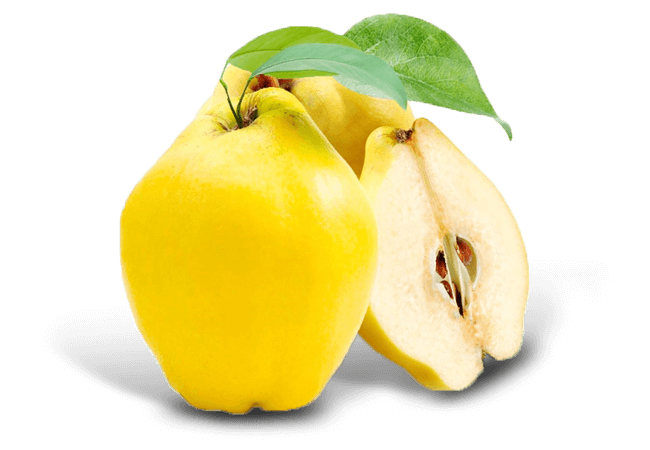
Domestic Quince
The quince originates in southwest Asia, that is, Iran and Anatolia, and the wild seed occurs in Central Europe under the name "pear of Sidonia". It is golden yellow in color, a hard fruit with a slightly acidic taste. The Greeks worshiped her, symbolizing love and happiness with them, and most often they prepared her by hollowing her out, filling her with honey and baking her. Otherwise, in the old days quince was considered a symbol of fertility. The quince used to be a popular fruit in our country: it was cooked with sweet, putty or simply roasted on a cupboard to fill the room with a wonderful scent all fall and deep into winter. Then the quince fell into oblivion, because it is not a fruit that can be easily eaten as a banana or apple, but has to be cooked mostly. But this particular feature of quince, to develop a divine aroma during cooking, is increasingly used by famous chefs, so they make cakes and other cakes, bake it in the oven as apples - with nuts, or cook compotes and in some kitchens even combine them with various meats , most commonly from game.
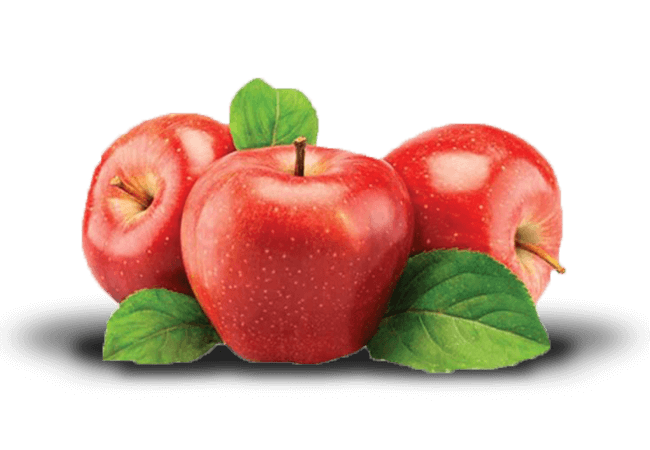
Domestic Apple
Apples are very nutritious because of their carbohydrate and fruit sugars content (glucose and fructose). An kilogram of apples gives about 600 calories energy value as a liter of milk, half a kilo of veal, six eggs, three pounds of spinach or six pounds of cucumbers. Apple fruit contains about 14% of carbohydrates, mainly glucose and fructose, which the body uses very easily and completely and gets the energy it needs. There is very little protein and fat in apple - 0.4% each, and it cannot be attributed as a disadvantage since these ingredients are obtained from other foods. Apples are also an important source of mineral ingredients, especially calcium, phosphorus and iron. There are about 4 milligrams of calcium and about 0.3 milligrams of iron in 100 grams of apples. With a pleasant taste and aroma, relatively high nutritional value of vitamins and minerals, apples are a favorite and very useful fruit for children and adults, including patients.
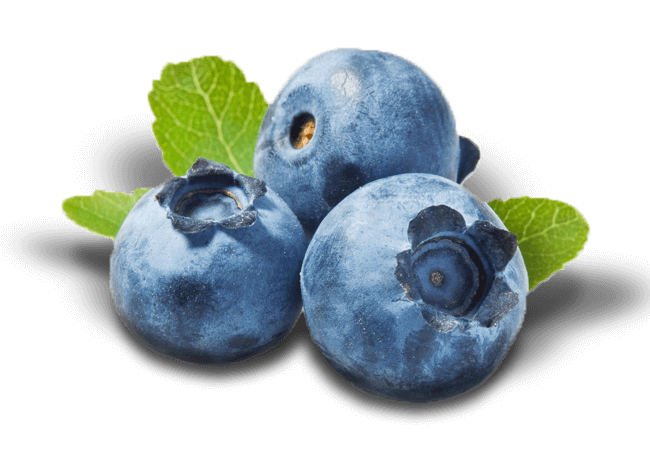
Domestic Blueberry
Blueberry is a freestanding shrub plant whose cultivation is associated with medium to high altitudes. Blueberries have specific requirements for climate properties, especially soil properties. Blueberries are a very high quality fruit for consumption in the fresh state, as well as in the form of various products (candied fruits, jams, juices, etc.).